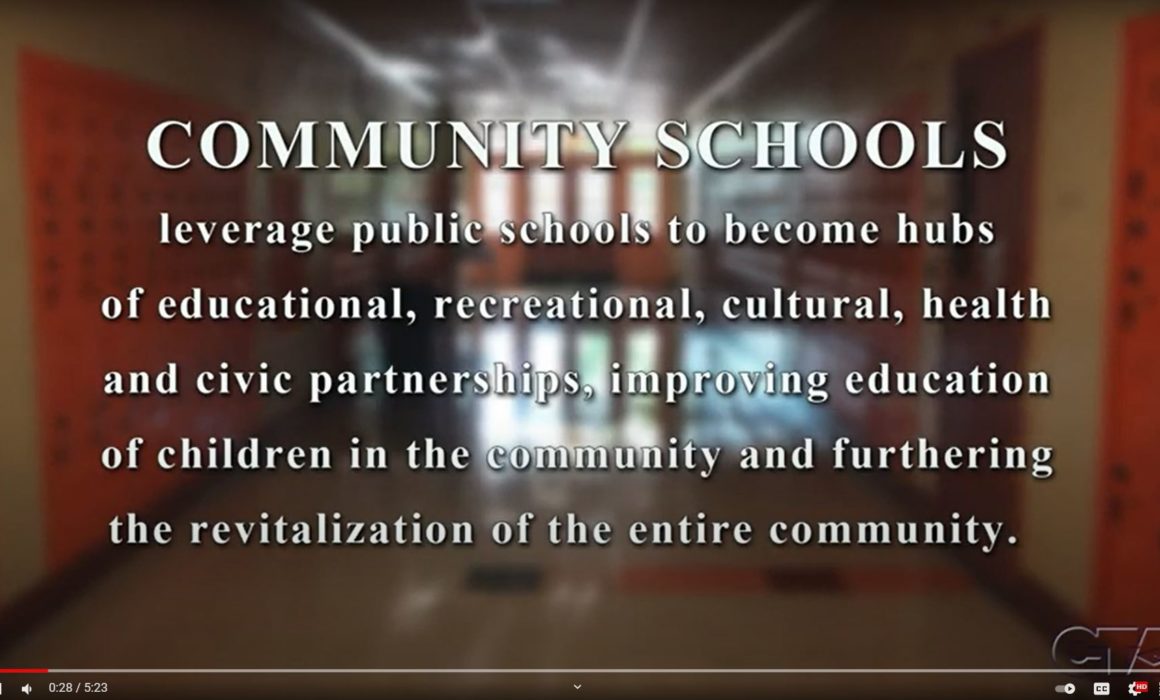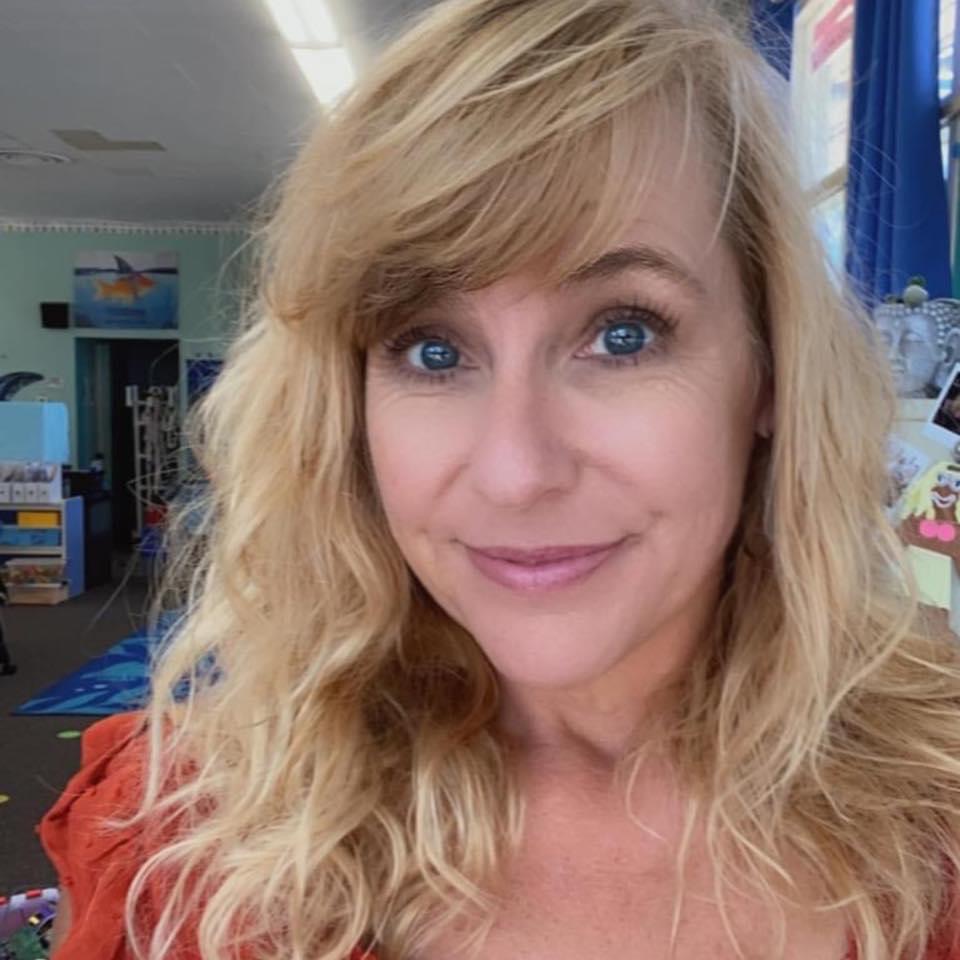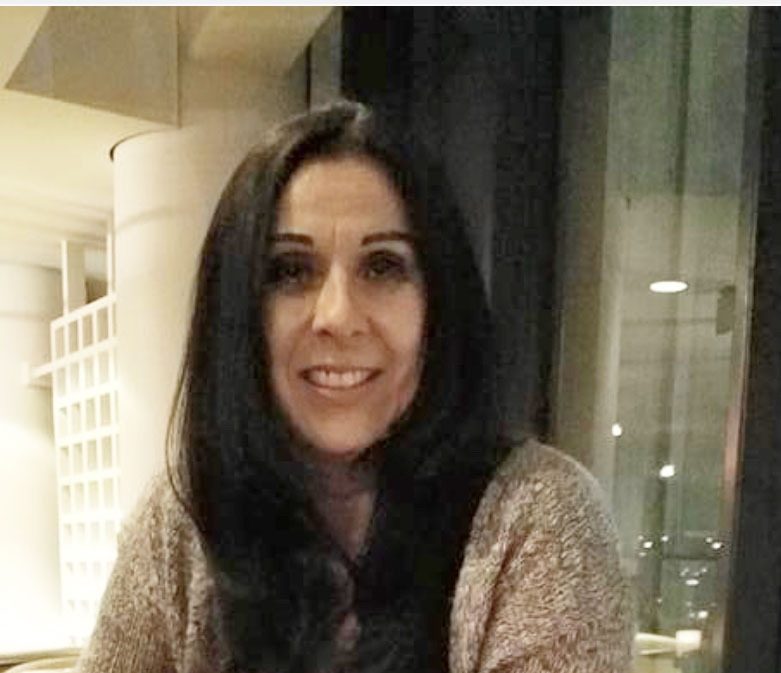
Educators across the state are embarking on the journey to build community schools in their local districts, identifying needs and developing partnerships to create transformative experiences for their students.
A community school is both a place and a set of partnerships between the school and other community resources with an integrated focus on academics, health and social services, leadership and community engagement, leading to improved student learning, stronger families and healthier communities. With a historic $3 billion in funding from the state (and another $1.5 billion proposed in the governor’s May budget revision), many local associations are applying for planning and implementation grants from the California Community Schools Partnership Program to help support their work.
These investments will strengthen and expand community schools across the state, with a focus on schools and communities with demonstrated need and an eye toward converting every high-poverty school (more than 80 percent of students qualifying for free or reduced-price meals) in the state to a community school within the next five years.
While locals like United Teachers Los Angeles and United Educators of San Francisco have been working to build community schools programs for some time, many others are at different points of the journey. We checked in with three local associations to learn about their progress.
1. Anaheim Secondary Teachers Association:
Building Trust Along the Way
Anaheim Union High School District
Enrollment: 29,183
Unduplicated pupil count of free/reduced-price meals, English Learners & foster youth: 80.1%
English Learners: 19.4%
Anaheim Secondary Teachers Association (ASTA) has been active in the community school movement for more than six years, with concerted efforts to build community schools. Last year, ASTA received a $75,000 Safe and Just Schools grant from NEA to develop structures to create community school policies, forming a steering committee and two school site committees. ASTA President Grant Schuster says they are looking to further expand with grants they applied for this year.

The Anaheim Union High School Board adopted a resolution in March supporting community schools, acknowledging the work done by the steering committee and affirming the need for shared leadership as they move forward. The district will continue to develop two of its 18 schools to be community schools next year — Anaheim High and Sycamore Junior High — with a new $23.275 million state grant funding these and 11 more schools, according to Schuster.
“It’s been a good process to start building trust as we build community schools,” Schuster says. “The only way this works is if we trust each other.”
Schuster says the community school movement is a generational opportunity to lift voices that have not traditionally been heard, so that schools become more reflective of the communities they serve.
“We’re looking at a measurable transformation of how public schools are operated and how they interact with their communities,” he says. “It’s really exciting.”
ASTA’s work has attracted the attention of fellow educators looking to build community schools in their districts. Schuster says a group from Chula Vista Educators (CVE) visited an Anaheim steering committee meeting to get ideas for how to collaborate in their community. CVE President Rosi Martinez says their local’s vice president is now on full release time to work on the community school effort, funded through a Community Schools Grant from NEA.
Next up in Anaheim: the completion of need and asset assessments, followed by recommendations by site committees to the school district with the steering committee presenting directly to the school board. Schuster says they will continue to build their coalition.
“Everyone is invested in success,” he says.
2. Oceanside Teachers Association:
Involving All Stakeholders
Oceanside Unified School District
Enrollment: 18,984
Unduplicated pupil count of free/reduced-price meals, English Learners & foster youth: 58.6%
English Learners: 11.9%
Educators in Oceanside are excitedly preparing for the debut of four community schools (three elementary, one middle) this fall, after pushing for and placing in the district’s Local Control Accountability Plan a process for this to happen. Oceanside Teachers Association (OTA) President Tiffany Cooper-Ortega says community schools are about so much more than the wrap-around services often associated with the model.

“It’s also the mindset of the stakeholders working together,” says Cooper-Ortega. “I don’t want to say this is the future of education — it’s what education should have always been.”
Cooper-Ortega says OTA and school district officials established shared leadership from the start of their collaborative work on community schools, lauding their “strong partnership.” With an active political action committee, OTA worked to get progressive leaders elected to their school board, which now has three current or former CTA members. She says the district’s “ask a teacher first” mentality has laid the groundwork for the important community schools effort.
“We worked hard to cultivate this partnership and this shared decision-making in this district,” Cooper-Ortega says.
OTA is currently surveying key groups in school communities, informing members about community schools, and even looking at potential bargaining implications, such as winning contractually guaranteed shared leadership in community schools. With student needs exacerbated by the pandemic, Cooper-Ortega says the services and support provided in community schools are more important than ever.
“We can teach our hearts out, but our students need more,” she says. “I’m excited to see families and students validated, letting them know that this is their part in education. It’s not just something that happens to them but something they have a hand in.”
3. Central Unified Teachers Association:
Empowering Families
Central Unified School District
Enrollment: 15,742
Unduplicated pupil count of free/reduced-price meals,
English Learners & foster youth: 71.2%
English Learners: 13.9%
The recent funding for community schools has accelerated plans in Fresno’s Central Unified School District, according to Judee Martinez, Central Unified Teachers Association (CUTA) president.

“It’s not going to take two to three years,” says Martinez. “We need to get on it now.”
CUTA set out to inform its members about community schools and their transformative power. When the district said it wanted to move forward, Martinez says they decided to do it together. They selected a school, Teague Elementary, to designate as a community school, meeting with the staff and school community to build the team necessary for success. CUTA received a $75,000 Safe and Just Schools grant from NEA.
Martinez says that when educators met with the Teague community for the first time, they learned of needs that included a food pantry and a bus to transport school families without vehicles to important appointments and tutoring services.
“This is about empowering our families and letting them know we want the same thing for their children,” Martinez says. “The teachers were very emotional because they’re so excited.”
Martinez says the district is submitting a grant proposal for further community schools work. She says they already have eyes on a second and third school in the district, perhaps a middle school that Teague feeds into and then a high school. Martinez says she is grateful for community schools training from NEA as well as constant support from CTA along their journey.
“It makes me proud to be a part of CTA and NEA,” she says. “We have always said we will do what’s best for kids. They are our future, and community schools are the future of education.”
State Awards Community Schools Grants
The California Community Schools Partnership Program (CCSPP) supports schools’ efforts to partner with community agencies and local government to align community resources to improve student outcomes. These partnerships provide an integrated focus on academics, health and social services, youth and community development, and community engagement.
The State Board of Education in May approved more than $38 million in community schools planning grants to 193 local educational agencies (LEAs), with most receiving $200,000. Central Unified School District and Chula Vista Elementary School District are among many districts with CTA-affiliated local associations that won planning grants.
Nearly $600 million in community schools implementation grants were also awarded to 71 LEAs. Among many school districts with CTA locals, Oceanside Unified School District will receive $8.3 million and San Francisco Unified will get $33.7 million, while Oakland Unified will receive the largest grant in this funding cycle at $66.7 million.
Alameda County Office of Education was also selected as the contractor for the CCSPP Lead Technical Assistance Center.
For a full list of grantees, visit: tinyurl.com/CommSchoolsplanning (planning grants) and tinyurl.com/CommSchoolsimplementation (implementation grants).
The Six Pillars of Community Schools
The Community Schools Model advanced by CTA and NEA includes six pillars of practice. Unlike most public education models, these pillars are adaptable to the needs of a school’s students, staff, families and community, and pay particular attention to creating, supporting, and sustaining a culturally relevant and responsive climate.
1. Strong, Relevant Curriculum: Community schools provide a rich and varied academic program, allowing students to acquire both foundational and advanced knowledge and skills in many content areas.
2. High-Quality Teaching: Teachers at community schools are fully licensed, knowledgeable about their content and skillful in their practice.
3. Inclusive Leadership: The leadership teams of community schools include educators, other school staff, parents, students and community members.
4. Positive Behavior Practices: Community schools emphasize positive relationships and interactions. Restorative discipline practices such as peer mediation, community service and post-conflict resolution help students learn from their mistakes and foster positive, healthy school climates where respect and compassion are core principles.
5. Family & Community Partnerships: Families, caregivers and community members are partners in community schools. Their engagement is ongoing and extends beyond volunteerism to roles in decision-making, governance and advocacy.
6. Community Support Services: Community schools provide meals, healthcare, mental health counseling and other services before, during and after school. Connections to the community are critically important so support services and referrals are available for families and other community members.
The Discussion 0 comments Post a Comment